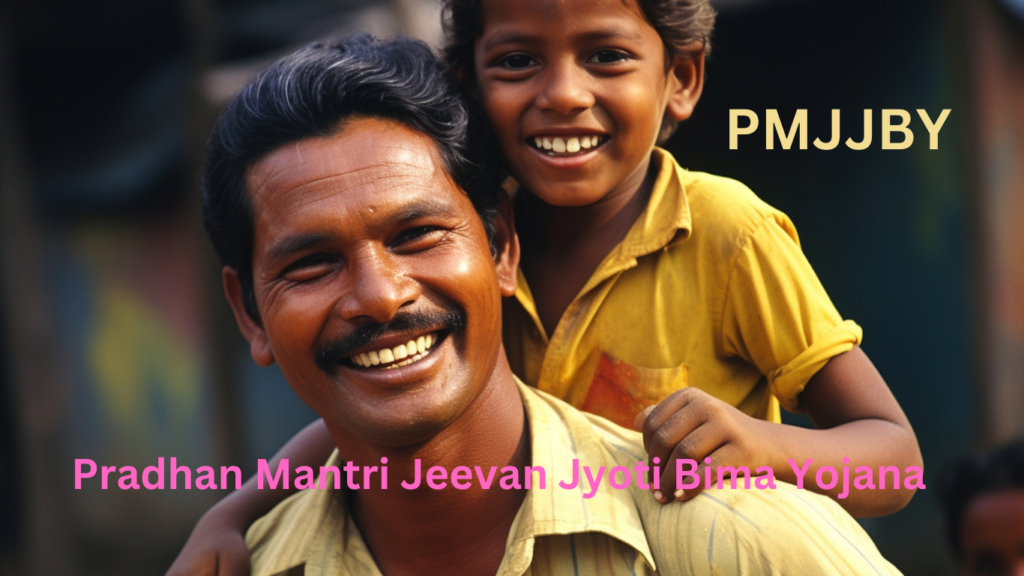Sukanya Samriddhi Yojana (SSY) is a government-backed savings scheme launched under the Beti Bachao, Beti Padhao initiative to promote financial security for the girl child in India. This scheme offers a high interest rate, tax benefits, and guaranteed returns, making it one of the most popular investment options for parents planning their daughter’s education and marriage expenses.
In this blog, we’ll explore the key features, eligibility criteria, benefits, and application process of the Sukanya Samriddhi Yojana.

What is Sukanya Samriddhi Yojana :
Sukanya Samriddhi Yojana (SSY) is a government-backed savings scheme in India launched under the “Beti Bachao Beti Padhao” campaign to promote financial security and education for girl children. Designed for parents of girls below 10 years of age, the scheme offers a high interest rate, tax benefits, and a secure way to save for future expenses like education and marriage. With a minimum deposit of ₹250 and a maximum of ₹1,50,000 annually, the account matures after 21 years or when the girl turns 18 and marries. SSY is a step towards empowering girls and encouraging financial planning for their future.
- Launch Date: January 22, 2015
- Launched By: Government of India
Implemented By: Ministry of Women and Child Development in collaboration with the Ministry of Finance
Objectives of the Sukanya Samriddhi Yojana :
Financial Security for Girls:
Encourage parents to save for their daughters’ future expenses like education and marriage.
Education Empowerment:
Ensure girls have sufficient funds to pursue higher education.
Social Upliftment:
Promote gender equality through financial independence for girls.
Long-Term Savings:
Foster a habit of long-term savings among parents.
Features of the Sukanya Samriddhi Yojana :
- High Interest Rate: Current Interest Rate: 8% per annum (subject to quarterly revision by the government).
- Long-Term Investment:Maturity Period: 21 years from the account opening date or until the daughter’s marriage after she turns 18.
- Deposit Limits: Minimum Deposit: ₹250 per year , Maximum Deposit: ₹1.5 lakh per year
- Tax Benefits: Tax exemption on deposits, interest earned, and maturity amount under Section 80C of the Income Tax Act.
- Account Flexibility: Number of Accounts: One account per girl child (maximum of two accounts per family unless twins are born).
- Partial Withdrawals: Up to 50% of the balance can be withdrawn for education after the girl turns 18.
- Guaranteed Returns: Being a government-backed scheme, returns are guaranteed and risk-free.
Eligibility Criteria for Sukanya Samriddhi Yojana :
Girl Child Age:
The account must be opened before the girl child turns 10 years old.
Parent/Guardian:
The account can be opened by the biological or legal guardian of the girl child.
Citizenship:
The girl child must be an Indian resident.
Benefits of the Sukanya Samriddhi Yojana :
High Returns:
Earn attractive interest rates, higher than most fixed deposits and savings schemes.
Triple Tax Benefits:
Exempt-Exempt-Exempt (EEE): Deposits, interest earned, and maturity proceeds are all tax-free.
Secured Future:
Helps parents secure their daughter’s future financially.
Low Minimum Investment:
Start with as low as ₹250 annually, making it accessible to all income groups.
Government-Backed:
Guaranteed returns with no market-linked risks.
How to Apply for Sukanya Samriddhi Yojana :
Where to Open the Account:
Any authorized post office or public/private bank approved by the government.
visit post office website for more info
Required Documents:
Girl Child’s Birth Certificate (mandatory)
Parent/Guardian’s KYC Documents: Aadhaar, PAN, Voter ID, or Passport
Address Proof (if different from KYC documents)
Application Process:
Visit the nearest post office or bank branch.
Fill out the Sukanya Samriddhi Yojana Application Form.
Submit the required documents.
Deposit the minimum amount (₹250).
Collect the passbook with account details.
Deposit and Withdrawal Rules for Sukanya Samriddhi Yojana :
Deposit Rules:
Deposits can be made in lump sum or monthly/annually.
The deposit period is 15 years from the account opening date.
Partial Withdrawals:
Allowed after the girl turns 18 years old for higher education or marriage expenses (up to 50% of the balance).
Maturity Rules:
The account matures after 21 years or upon the girl’s marriage (minimum age 18).
The entire balance, including interest, is paid out at maturity.
Read This Also: National Pension Scheme
Challenges of the Sukanya Samriddhi Yojana :
Fixed Lock-In Period: Funds cannot be accessed until maturity, which restricts liquidity. Early Closure Restrictions: Early closure is permitted solely in situations such as the unexpected demise of the girl or critical medical emergencies. Interest Rate Fluctuations: Interest rates are adjusted every quarter, affecting long-term returns.
Conclusion
The Sukanya Samriddhi Yojana (SSY) is a thoughtful investment plan for parents aiming to secure their daughters’ financial future. With attractive returns, tax benefits, and guaranteed maturity payouts, SSY is an ideal long-term savings scheme. Start investing today to ensure a bright and secure future for your daughter!
FAQs about Sukanya Samriddhi Yojana :
- Q: Can NRIs open an SSY account?
A: No, only Indian residents are eligible. - Q: What happens if I miss a deposit?
A: The account can be revived with a penalty of ₹50 per missed year, plus the minimum deposit amount. - Q: Can I transfer the account?
A: Yes, the account can be transferred between authorized post offices and banks. - Q: What is the maximum age to open an account?
A: The account must be opened before the girl turns 10 years old. - Q: Is premature withdrawal allowed?
A: Partial withdrawal is allowed after the girl turns 18 for higher education or marriage.
All information provided in this blog is for general informational purposes only. We recommend verifying details from official government sources before applying to any scheme.


